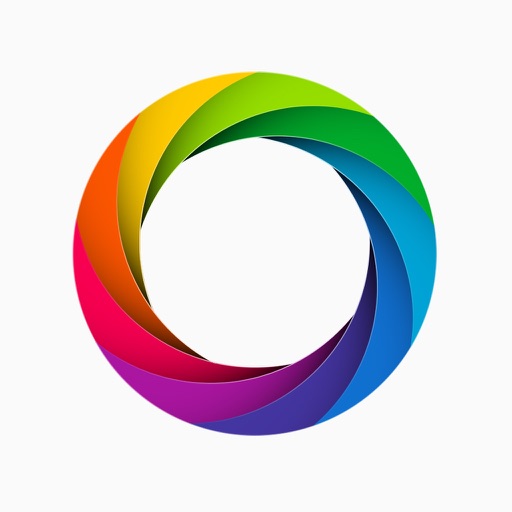

The Color Mixer panel is also where gradients are accessed, discussed later in this section. Click on your bitmap and it will automatically fill the selected object. If you have bitmaps stored in your present library, they're available from the Bitmap Preview section of your Color Mixer Panel. Next, open up your color mixer panel and then choose Bitmap from the Color style menu. Start by selecting your bitmap that you would like to fill with the selection tool. If you would like to fill a bitmap from your library with color, you have the option to.

This can also be done directly through the Color Swatches panel, but cannot be stored unless added through the Color Mixer's "Add Swatch" command. Using the Eyedropper tool, a color can be picked up from anywhere in the Flash interface, on the desktop, from other applications, etc. The flexibility of the Color Mixer panel allows any color swatch to be loaded and modified. two web-safe colors combined to create a new color, and then added to the Color Swatches panel. In this manner, new colors can be created from existing colors, i.e. Blender uses (0 to 1.0) values to express colors for RGB and HSV colors. These are all adjustable with sliders including a tint slider. Selects the Color Space for the number buttons below. The Color Mixer contains four channels: red, green, blue and alpha (transparency). New colors can be created using various color modes: RGB, HSB and hex, using manual values or from the color picker. (1 - percentage) * color1 + percentage * color2Ĭonsole.The Color Mixer controls the inventory of the Color Swatches Panels. (1 - percentage) * color1 + percentage * color2,

3: we have valid input, convert colors to rgbĬolor1 = + color1, 16), parseInt(color1 + color1, 16), parseInt(color1 + color1, 16)] Ĭolor2 = + color2, 16), parseInt(color2 + color2, 16), parseInt(color2 + color2, 16)] Ĭonsole.log('hex -> rgba: c1 =>, c2 => ') If (percentage > 1 || percentage #006600 (green)Ĭolor1 = color1 + color1 + color1 + color1 + color1 + color1 Ĭolor2 = color2 + color2 + color2 + color2 + color2 + color2 Ĭonsole.log('valid: c1 => ' + color1 + ', c2 => ' + color2) If (color2.length != 4 & color2.length != 7) Throw new error('colors must be provided as hexes') Download Colorblender for iOS to colorblender is a tool for creating color palettes for web design and other types of digital design.The main feature of the Colorblender is to have. If (color1.length != 4 & color1.length != 7) 1: validate input, make sure we have provided a valid hex Add a Lighting block light up all LEDs with color R()G()B()and three Sensing blocks. function int_to_hex(num)īlend two colors to create the color that is at the percentage away from the first colorĤ: take the percentage to create a ratio between the two colorsĥ: convert blend to color1 => the first color, hex (ie: color2 => the second color, hex (ie: percentage => the distance from the first color, as a decimal between 0 and 1 (ie: string => the third color, hex, represenatation of the blend between color1 and color2 at the given percentageįunction blend_colors(color1, color2, percentage) Change the color of the LED ring by RGB values. Also, values will not work if they contain a decimal, which will not translate properly to a HEX value. The RGB to HEX must account for the fact that we may end up with a single digit return when using the parseInt function, and thus will need to pad. color1 = + color1, 16), parseInt(color1 + color1, 16), parseInt(color1 + color1, 16)] Īnd converting RGB to HEX color3 = '#' + int_to_hex(color3) + int_to_hex(color3) + int_to_hex(color3) To RGB: use the native parseInt function in JavaScript with a radix of 16. The logic comes from converting the values to from HEX to RGB and from RGB to HEX. It's pure vanilla JS and provides a canvas to show the resulting values. blend the colors based on the RGB values validate input and create 6 char hexcode The values were supplied via JSON and would need to be converted on the UI. My input would be the lower bound color, the upper bound color, and the percentage between the lower bound to the upper bound. This would give the end-user a quick visual as to just what needed their immediate attention without having just a three color step function. I wanted to blend the colors naturally so something that was approaching the danger area would be in orange. This would alert the user that they are moving away from operating in a normal parameter (green) to a warning state (yellow) to a bad state (red). For my current project, I wanted to create a visual indication that would smoothly flow, based on the input, from green to yellow and from yellow to red.


 0 kommentar(er)
0 kommentar(er)
